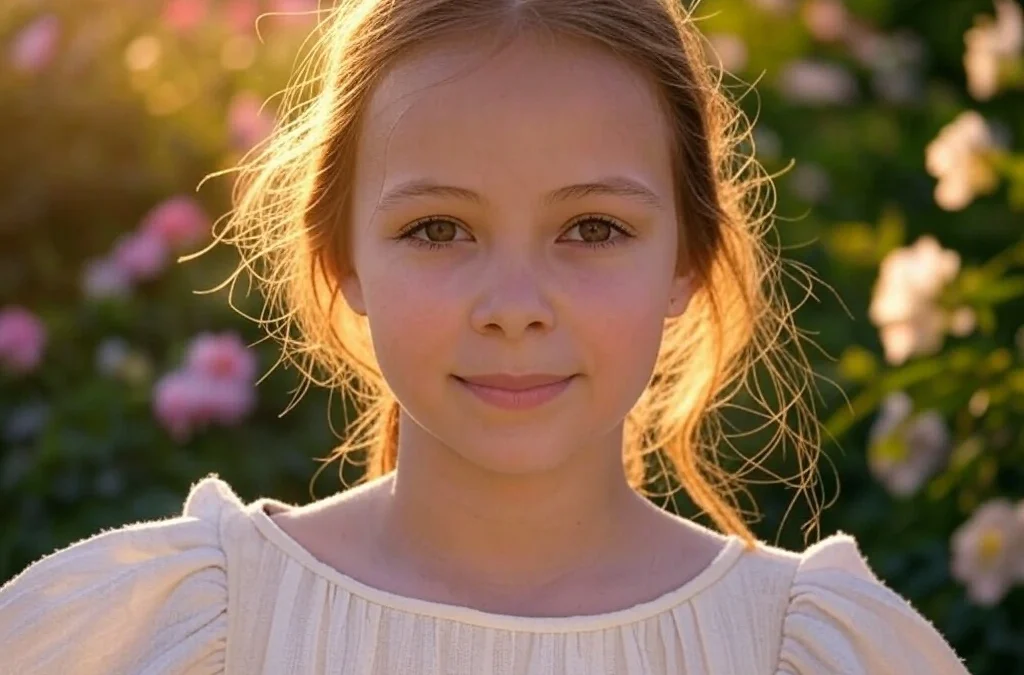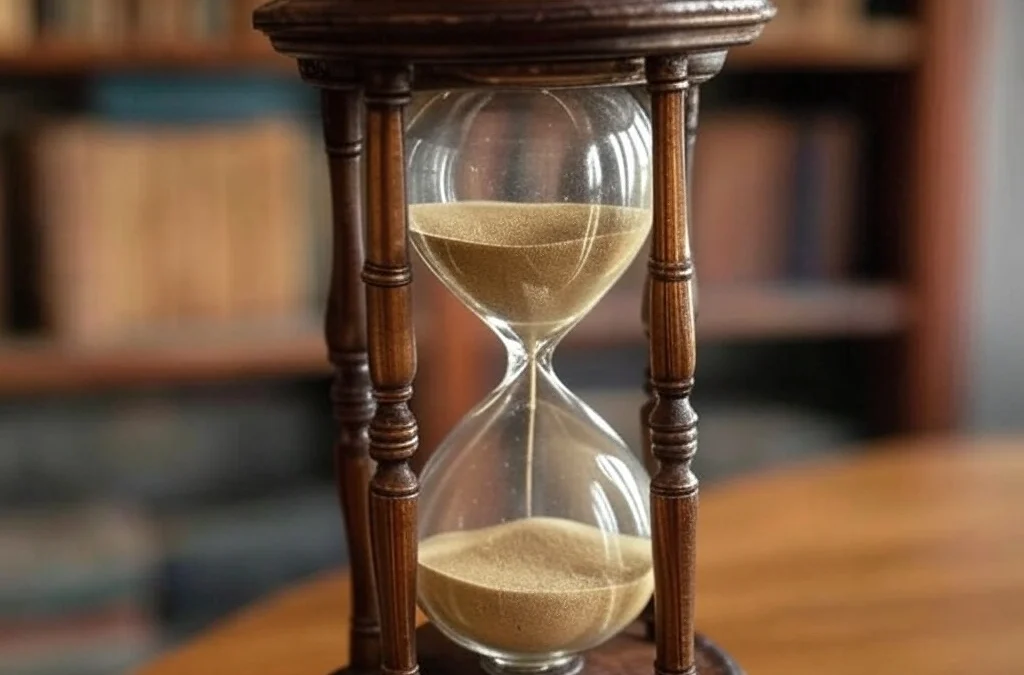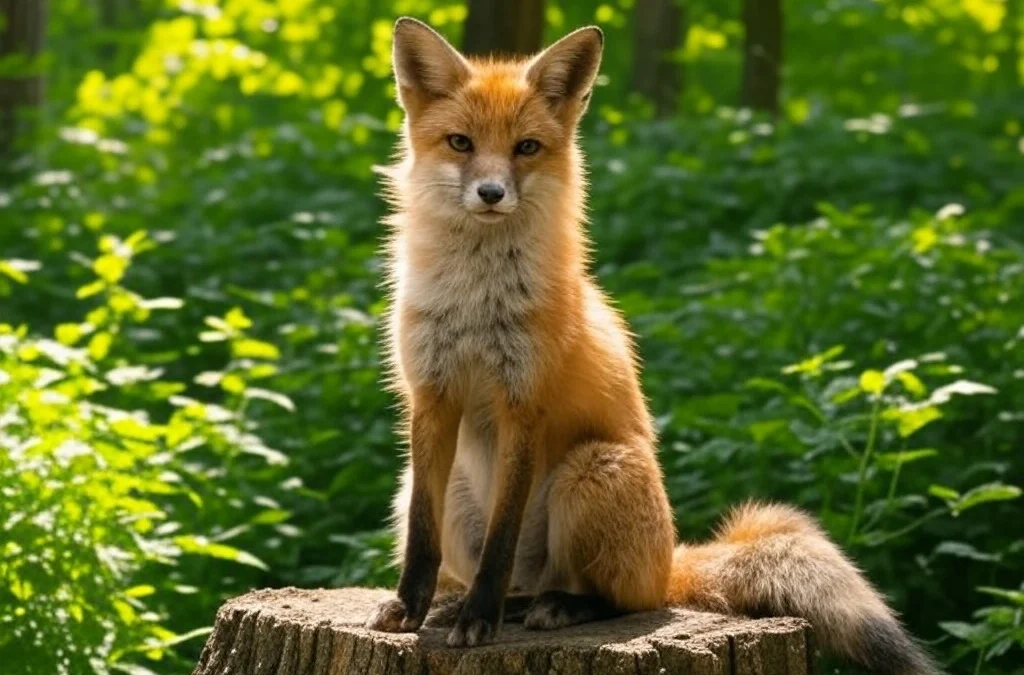Cultural diffusion, the intricate dance of ideas, beliefs, and practices as they traverse across the globe, is a compelling testament to the interconnected nature of human societies. In this exploration of cultural diffusion, we unravel a mosaic of 30 diverse examples that illuminate the dynamic exchange of traditions, innovations, and expressions.
From the cross-pollination of languages and culinary delights to the global rhythms of music and the fusion of artistic styles, these examples showcase the profound impact of cultural diffusion. Each instance serves as a window into the shared experiences that transcend borders, fostering a richer, more interconnected world. Let us embark on a journey through these diverse cultural intersections, where the threads of human heritage weave together to create a global tapestry of shared understanding and appreciation.
What Is Cultural Diffusion?
Cultural diffusion refers to the spread and exchange of cultural beliefs, ideas, customs, and innovations between different societies and ethnicities. This phenomenon occurs through various means like trade, migration, technology, and communication. Cultural diffusion leads to the blending and adoption of diverse cultural elements, contributing to the enrichment and evolution of societies worldwide.
Cultural diffusion occurs through several mechanisms, such as the movement of people, trade networks, colonization, and the widespread use of technology and media. As cultures interact, elements like language, religion, art, cuisine, and societal norms can diffuse and integrate into new communities. This process often leads to cultural diversity, fostering cross-cultural understanding and the evolution of traditions. However, it can also result in cultural homogenization or conflicts as different cultural practices intersect and interact. Overall, cultural diffusion shapes societies, fostering both unity and diversity in our interconnected world.
Cultural diffusion is a dynamic process, continuously shaping the fabric of societies worldwide. Through globalization and interconnectedness, the pace and scope of cultural diffusion have accelerated, allowing for rapid exchanges of ideas and practices across borders. This phenomenon isn’t one-directional; cultures both give and receive, leading to a mosaic of shared traditions and innovations. While it promotes cultural enrichment and mutual understanding, it also raises debates about preserving cultural authenticity and heritage. Embracing the complexities of cultural diffusion encourages appreciation for diverse perspectives, fostering a more inclusive and interconnected global community.
The Best Examples of Cultural Diffusion
1. Language – The evolution of the English language serves as a captivating testament to linguistic cultural diffusion. Over centuries, English has absorbed and integrated words from various linguistic roots, such as French, Latin, and German. This amalgamation has not only enriched the language but also reflects the cultural exchanges and historical interactions that have shaped it.
2. Cuisine – The global popularity of sushi, originating from Japan, is a fascinating narrative of culinary cultural diffusion. Beyond the shores of its birthplace, sushi has become a culinary sensation worldwide. This diffusion signifies not just the acceptance of diverse flavors but also the fusion of culinary traditions, showcasing the universal appeal of well-crafted dishes.
3. Fashion – Traditional clothing styles, deeply rooted in specific cultures, often find themselves on the global stage, influencing fashion trends far beyond their place of origin. The interweaving of traditional Indian patterns into Western fashion, for example, illustrates how cultural diffusion in the realm of clothing becomes a dynamic, ever-evolving expression of identity and style.
4. Music – The global embrace of musical genres like hip-hop, reggae, and K-pop is a symphony of cultural diffusion. Originating in specific cultural contexts, these genres have transcended geographical borders, fostering a shared musical language that resonates with diverse audiences worldwide. The melodies and rhythms become bridges that connect people across cultures.
5. Religious Practices – The worldwide adoption of yoga, a spiritual and physical practice originating in ancient India, serves as a profound example of cultural diffusion. Beyond its cultural roots, yoga has become a global phenomenon, attracting practitioners from varied backgrounds seeking physical and mental well-being. This diffusion underscores the universal human quest for balance and mindfulness.
6. Technology – The rapid global adoption of smartphones and social media platforms epitomizes technological cultural diffusion. Technological innovations, once rooted in specific cultural contexts, have seamlessly integrated into daily life on a global scale. This interconnectedness reflects not only advancements in technology but also the shared human experience in an increasingly digitized world.
7. Art and Architecture – The influence of Islamic architecture on structures around the world is an architectural tale of cultural diffusion. From the Alhambra in Spain to the Taj Mahal in India, these architectural marvels showcase the enduring impact of design principles that have traversed cultural boundaries, leaving an indelible mark on the visual landscape.
8. Literature – The translation and appreciation of Shakespeare’s works in numerous languages illuminate the enduring influence of English literature globally. This literary diffusion transcends linguistic barriers, making the works of Shakespeare a shared cultural heritage, shaping narratives and storytelling conventions across diverse societies.
9. Sports – The widespread passion for soccer (football) is a testament to the unifying power of sports in cultural diffusion. Across continents, people rally around the excitement of the game, fostering a global sports culture that transcends linguistic and cultural differences, creating a shared experience that goes beyond borders.
10. Holidays – The celebration of holidays like Halloween and Valentine’s Day in diverse cultural settings showcases how traditions can transcend their cultural origins. As these celebrations take on new meanings in different contexts, they become a testament to the adaptability of cultural practices and the creation of shared experiences across the globe.
11. Education Systems – The diffusion of educational structures and philosophies reflects the globalized approach to learning. From the structure of classrooms to teaching methodologies, the exchange of educational practices contributes to a rich tapestry of diverse learning experiences, shaped by cultural influences from around the world.
12. Medicine – The integration of traditional healing practices like traditional Chinese medicine and Ayurveda into modern healthcare is a journey of cultural diffusion in the realm of well-being. As alternative therapies gain recognition globally, the synergy between traditional and modern approaches highlights the holistic nature of healthcare practices.
13. Film and Television – The dominance of Hollywood in global entertainment is a cinematic journey of cultural diffusion. Through movies and television shows, cultural narratives are shared, influencing perceptions, and creating a globalized entertainment landscape that reflects the diverse stories and perspectives of humanity.
14. Social Norms – The evolution of concepts like personal space, etiquette, and social norms showcases the intricate dance of cultural diffusion. As societies interact and influence each other, social norms undergo dynamic changes, leading to a blend of customs that reflect the interconnectedness of diverse cultures.
15. Artistic Styles – The global popularity of Japanese manga and anime is an artistic saga of cultural diffusion. Beyond national borders, these visual storytelling mediums have captivated audiences, influencing art styles and narrative techniques in the broader realm of global entertainment.
16. Cultural Festivals – Celebrations like Diwali and Chinese New Year have transformed into cultural phenomena beyond their geographical roots. As these festivals gain recognition and acceptance worldwide, they become occasions for shared joy and festivity, fostering cross-cultural connections.
17. Political Systems – The diffusion of ideas related to democracy and governance has played a pivotal role in shaping political systems worldwide. The quest for equitable representation and participatory governance transcends cultural boundaries, influencing political ideologies on a global scale.
18. Consumer Products – The global presence of multinational brands like Coca-Cola epitomizes cultural diffusion in the realm of consumer goods. These brands become symbols of shared experiences and interconnectedness, as products traverse cultural landscapes, becoming part of daily life for people around the world.
19. Greeting Customs – The handshake, bow, and cheek kiss are intricate facets of greeting customs that have diffused across cultures. These gestures, rooted in cultural expressions of respect and connection, become universal languages of communication, transcending linguistic barriers.
20. Religious Symbols – Symbols like the Om from Hinduism and the Yin and Yang from Taoism are visual manifestations of cultural diffusion. These symbols, once deeply embedded in specific religious and philosophical traditions, have become globally recognized representations of spirituality and balance.
21. Transportation – The adoption of various modes of transportation reflects the influence of cultural interactions on practical aspects of daily life. From bicycles to cars and public transit systems, the choices in transportation modes are shaped by cultural preferences, technological advancements, and global mobility trends.
22. Slang and Jargon – The evolution and adoption of slang and jargon in language, especially with the rise of the internet and social media, are linguistic landscapes shaped by cultural interactions. As words and expressions cross cultural boundaries, language becomes a dynamic reflection of the shared experiences of diverse communities.
23. Social Media Trends – Internet memes and trends are digital expressions of cultural diffusion. In the online realm, humor, ideas, and cultural references traverse the globe at a rapid pace, creating a digital culture that connects people across borders and time zones.
24. Cultural Diplomacy – Exchange programs, cultural initiatives, and diplomatic efforts are nuanced forms of cultural diffusion. As nations engage in cultural dialogue, sharing their artistic, intellectual, and societal achievements, they foster mutual understanding, breaking down stereotypes, and building bridges of cooperation.
25. Environmental Practices – The global adoption of sustainability movements and eco-friendly practices is a testament to the shared cultural value of environmental awareness. As people around the world embrace eco-conscious living, the collective effort becomes a global movement for a healthier planet.
26. Dance Styles – Dance forms like ballet, salsa, and breakdancing are kinetic expressions of cultural diffusion. Originating in specific cultural contexts, these dance styles captivate audiences worldwide, becoming mediums of artistic expression that transcend cultural boundaries.
27. Marriage Customs – Practices like dowries and wedding ceremonies are intricate aspects of cultural diffusion in the realm of societal traditions. As societies interact, these customs transform, reflecting a blend of cultural influences that shape evolving notions of marriage and union.
28. Scientific Knowledge – The exchange of scientific ideas and discoveries through international collaboration is a testament to the universal pursuit of knowledge. As researchers from diverse cultural backgrounds contribute to the pool of human understanding, scientific knowledge becomes a shared heritage that benefits humanity.
29. Gaming Culture – Video games and online gaming communities are dynamic hubs of cultural diffusion. Across virtual realms, gamers from different cultures converge, sharing experiences, strategies, and a passion for gaming, creating a unique subculture that transcends geographical boundaries.
30. Social Movements – Civil rights movements and advocacy for various causes are powerful narratives of cultural diffusion. As the pursuit of justice, equality, and social change resonates globally, these movements become catalysts for a shared commitment to creating a more inclusive and just world.
What Is Cultural Diffusion in Globalization?
In the context of globalization, cultural diffusion takes on new dimensions and implications. Globalization refers to the increasing interconnectedness and interdependence of economies, cultures, and societies worldwide. Cultural diffusion in the era of globalization involves the accelerated and widespread exchange of cultural elements on a global scale.
Rapid Communication and Technology – Advances in communication technologies, such as the Internet and social media, have drastically accelerated the pace of cultural diffusion. Ideas, trends, and cultural products can spread globally in real time, fostering a sense of interconnectedness and shared experiences.
Global Consumer Culture – Globalization has given rise to a shared consumer culture, where products and brands from one part of the world become popular and recognizable across continents. This phenomenon is evident in the global reach of multinational corporations and the widespread adoption of common consumer preferences.
Media and Entertainment – The global reach of media and entertainment industries plays a central role in cultural diffusion. Hollywood movies, international music, and popular TV shows contribute to shaping a globalized cultural landscape, influencing tastes and preferences around the world.
Migration and Diasporas – Increased international migration has led to the formation of multicultural societies and diasporas, where individuals bring their cultural practices to new regions. This movement of people contributes to the diffusion of cultural elements as they integrate into their new environments.
Cultural Hybridization – Globalization often results in the blending and hybridization of cultures. As diverse cultural elements come into contact, new cultural forms and expressions emerge. This can be seen in areas such as cuisine, fashion, and art, where diverse influences contribute to the creation of unique and dynamic cultural hybrids.
Global Tourism – The ease of travel and the growth of tourism contribute to the cross-cultural exchange of ideas and practices. Tourists experience and often bring back cultural elements from their destinations, contributing to cultural diffusion.
International Business Practices – Globalization has led to the standardization of certain business practices and organizational cultures. Companies operating globally may adopt common management styles, communication norms, and corporate values, contributing to the diffusion of these practices.
Language and Lingua Franca – English has emerged as a global lingua franca, a common language of communication in various international contexts. The widespread use of English facilitates cultural exchange, as it becomes a tool for the diffusion of ideas, information, and cultural content.
Global Challenges and Movements – Issues such as climate change, human rights, and social justice have sparked global movements and awareness. These shared concerns contribute to the diffusion of values, norms, and activism on a global scale.
Education and Academic Exchange – Globalization has facilitated increased academic exchange and collaboration among universities and research institutions worldwide. This exchange of knowledge and ideas contributes to the cross-cultural diffusion of academic and intellectual traditions.
While cultural diffusion in globalization can lead to greater cultural understanding and appreciation, it also raises questions about cultural homogenization and the potential loss of local or indigenous cultural practices. Striking a balance between preserving cultural diversity and embracing global interconnectedness is a key challenge in the era of globalization. Cultural diffusion becomes a dynamic force that both reflects and shapes the evolving landscape of global cultures.
Importance Of Cultural Diffusion
Cultural diffusion is the subtle yet powerful force that shapes the vibrant tapestry of our global society. It’s the dynamic exchange of ideas, beliefs, customs, and innovations between different cultures, transcending geographical boundaries and enriching the collective human experience.
At its core, cultural diffusion acts as a bridge, fostering connections between diverse communities and propelling the evolution of civilizations. It’s not merely about the spread of tangible artifacts or practices; it’s the intermingling of traditions, languages, cuisines, art forms, and ideologies that constantly redefine our social landscape.
One of its paramount benefits lies in fostering empathy and understanding. As cultures intermingle, individuals gain insights into alternative perspectives, nurturing tolerance and appreciation for the richness of human diversity. Through exposure to varied customs and traditions, barriers dissolve, promoting a more inclusive and harmonious global community.
Moreover, cultural diffusion is a catalyst for innovation and progress. When different cultures interact, they bring forth a fusion of ideas and practices, igniting creativity and pushing the boundaries of possibility. This cross-pollination of knowledge has historically propelled advancements in fields ranging from science and technology to art and philosophy.
However, this exchange isn’t a one-way street. While cultures diffuse and influence one another, they also retain their unique essence. It’s this delicate balance between assimilation and preservation that cultivates a mosaic of identities, each contributing to the vibrant patchwork of global heritage.
Nonetheless, cultural diffusion isn’t devoid of challenges. It can spark debates around cultural appropriation and authenticity, raising questions about respect and ownership of traditions. Sensitivity and mutual respect are crucial in navigating these complexities, ensuring that the exchange remains a celebration rather than appropriation.
In our interconnected world, cultural diffusion is inevitable and, in many ways, desirable. Embracing this phenomenon offers a lens through which we can appreciate the interconnectedness of humanity while celebrating the rich tapestry of our collective heritage. It’s an ongoing dialogue between civilizations, a dance of ideas and customs that continues to shape our shared story.
Key Components of Cultural Diffusion
Cultural diffusion, the exchange and spread of cultural elements among societies, is a complex interplay of various components that shape the way ideas, customs, and technologies traverse the globe.
At its core, communication stands tall as the cornerstone of cultural diffusion. Whether through ancient trade routes, modern-day social media, or interpersonal connections, the transmission of ideas sparks the journey of cultural exchange. The ease and speed of communication in today’s interconnected world significantly amplify the reach of this exchange, facilitating the swift diffusion of cultural elements across borders and continents.
Trade and commerce act as catalysts for cultural diffusion, fostering the movement of goods, beliefs, and practices. As merchants traverse oceans and lands, they carry not only products but also traditions and ideologies, seeding them in foreign soil and nurturing cross-cultural interactions. The fusion of cuisines, fashion, and language in multicultural cities bears testimony to the profound impact of trade routes on cultural diffusion.
Migration, too, plays a pivotal role in cultural diffusion. When individuals or groups relocate, they bring with them a treasure trove of customs, languages, and beliefs, enriching the cultural tapestry of their new homes. The blending of traditions and the emergence of hybrid identities often stem from this convergence of diverse cultural backgrounds.
Technological advancements serve as powerful agents of cultural diffusion. Innovations in transportation and communication break down geographical barriers, facilitating the rapid exchange of ideas and practices. The ubiquity of the internet, smartphones, and social media platforms serves as a conduit for the global transmission of cultural trends, music, art, and ideologies.
Yet, the process of cultural diffusion isn’t unilateral. Receptivity and adaptation within receiving societies play a crucial role. The willingness to embrace and integrate foreign elements into existing cultural frameworks fosters a rich tapestry of diversity, contributing to the evolution of societal norms and values.
In conclusion, the amalgamation of communication, trade, migration, technology, and societal openness constitutes the key components of cultural diffusion. This intricate interplay continually shapes our world, fostering the vibrant mosaic of global cultures that defines our modern era.
The Most Popular on BitGlint

40 Social Dilemma Examples in the World & Real Life
Social dilemmas are everywhere. They shape the choices we make at work, in our communities, and even on a global...

30 Favor Examples & Definition
Doing a favor means helping someone without expecting anything in return. It’s an act of kindness that can strengthen...

30 Naivety Examples & Definition
Naivety is something most people experience at some point in their lives. It often starts in childhood, but for some,...

20 Chronology Examples & Meaning
Chronology is something we use more than we realize. It shows up in conversations, in how we remember the past, and in...

30 Wishful Thinking Examples & Meaning
Wishful thinking is something we all do at some point. You hope things will turn out fine—even if there’s no real...

20 Examples of Gravity & What Gravity Really Is
Gravity is one of the most important forces in the universe, but many people don’t fully understand what it really is...

20 Examples of Secondary Consumers in the Food Chain
Secondary consumers are animals that eat other animals—usually herbivores that feed on plants. They’re an important...
Get Inspired with BitGlint

